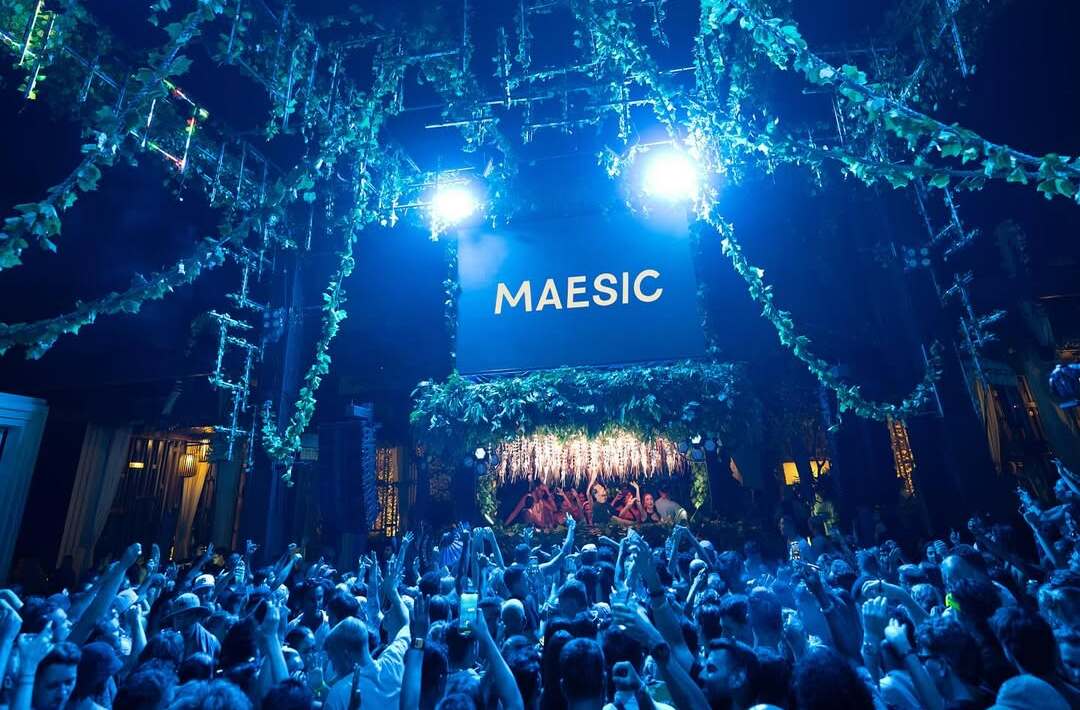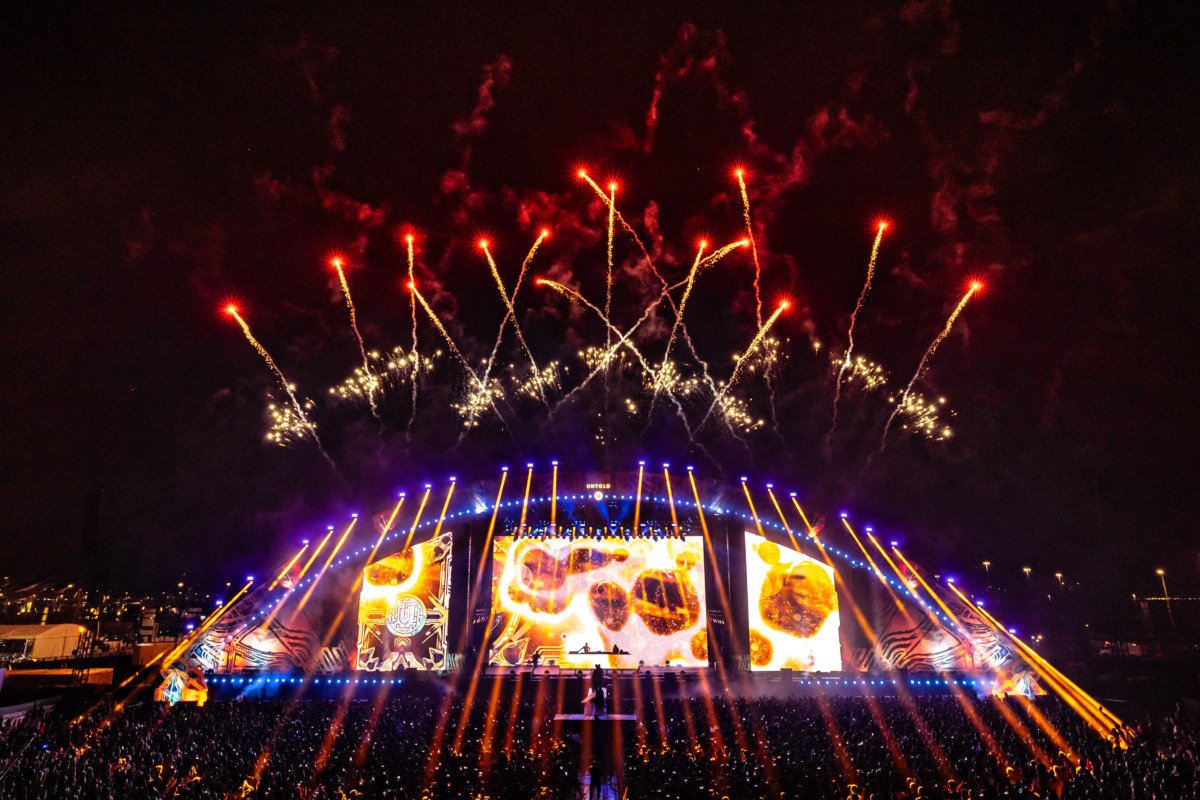One of winter 2021's biggest disappointments was the second season of The Promised Neverland. It was messy, disjointed and it became a source of frustration for many fans, especially those who had read the manga and had been eagerly looking forward to the second season. There are many reasons why there is usually a drastic drop in quality -- budget, working under an extremely tight schedule and the fact that COVID-19 impacted production schedules.
CloverWorks, the studio that produced The Promised Neverland, was also responsible for the series Horimiya. While both series suffered from pacing with rushed storylines, it was much more noticeable in The Promised Neverland than Horimiya. But why is that?
Two Different Treatments of the Same Genre
Although Horimiya and The Promised Neverland are classified as shonen, the approaches to the genre are incredibly different. Horimiya is set in high school and follows two people, Hori and Miyamura, as they try to get to know each other and, in the process, fall in love. The Promised Neverland started the first season as a psychological thriller as the children from Grace Field House realize that they have been taken care of for the sake of being food for demons to feast on. However, it completely went a different route in the second season and opted for a fantasy/traditional horror approach.
Both The Promised Neverland and Horimiya were trying to adapt an entire manga series in one season. The difference is that Horimiya could afford to. Since Horimiya's conflict was more about the characters' struggles, it had more of a slice-of-life feel and could still have a substantial story even with arcs cut because it was always a character-based focus.
In comparison, the stakes in The Promised Neverland are much higher: we're talking about the fate of two worlds here, but the tension fell flat. It never felt like the kids were in danger because there seemed to be a convenient plot device that would prevent them from dying. And these plot devices were needed due to arcs being cut, original material being animated to fill plot holes, and it ended up being a lackluster execution.
Complete Character Development vs. Partial
Rushed storylines are never good, whether that's because fans miss out on iconic scenes being cut out or the plot making little to no sense. When The Promised Neverland cut out critical arcs, it ended up hurting character development. For example, cutting out the Goldy Pond arc meant none of Emma's anger and frustration upon seeing kids getting killed in front of her ever made it to the anime. Not only that, but it made some of her pacifist tendencies that did show in the anime a little annoying. Likewise, Norman's reunion with Emma and Ray had a less than desirable impact. Not only did he appear five episodes in compared to the 70 or so chapters in the manga, but his appearance didn't change. In the manga, Norman aged up considerably due to the numerous experiments he underwent at Lambda and his trauma manifesting on his body.
On the other hand, Horimiya chose to focus primarily on Miyamura. The opening theme, for example, represented Miyamura's depression stemming from his ostracism as a young child. When he meets Hori, though, the opening changes to reflect his changing outlook on life. She helps open up his world, and he slowly came out of his shell, becoming more confident in himself, symbolizing his metamorphosis.
The Heart of the Stories
Horimiya focused on how everyone has more than one side to them, while in The Promised Neverland, sacrifice was the core theme, at least in the last arc of the manga series. In Horimiya, not only did we get to see Hori and Miyamura discover and accept each other's different sides, but we also saw the different sides of other characters like Yuki and Shu. That overarching theme never disappeared throughout the series, but it was just depicted in various manners, making each episode refreshing to watch.
The Promised Neverland's Emma had to make difficult choices to do what she thought was in her family's best interest. Namely, making the last promise with the god of demons to allow all of the human children to cross safely to the human side but at the cost of exchanging her memories -- that doesn't happen in the anime. As viewers, we don't get much of an emotional impact from watching the trio reunite with the rest of the kids because we never see their struggles to get to this happy moment.
While some fans were happy to see Isabella alive, it negated her character development in the process. The kids forgiving Isabella is one thing, but it certainly doesn't feel like Isabella earned their forgiveness. Her choice to sacrifice herself to protect the children was Isabella's ultimate redemption arc in the manga. Unfortunately, all of that was gone in the last few episodes.
Slideshow Endings
Notably, both Horimiya and The Promised Neverland ended with a slideshow. The difference is how The Promised Neverland chose to use the slideshow to stuff the remaining chapters in while Horimiya used it as an homage to the chapters that didn't get animated. In The Promised Neverland, what should have been an emotionally impactful ending with the children going to the human world ended up being relegated to a slideshow. And Emma's sacrificial decision was summarized in a single scene without any context. Somehow, there was an expectation placed on the viewers to know how the series ended through stills.


